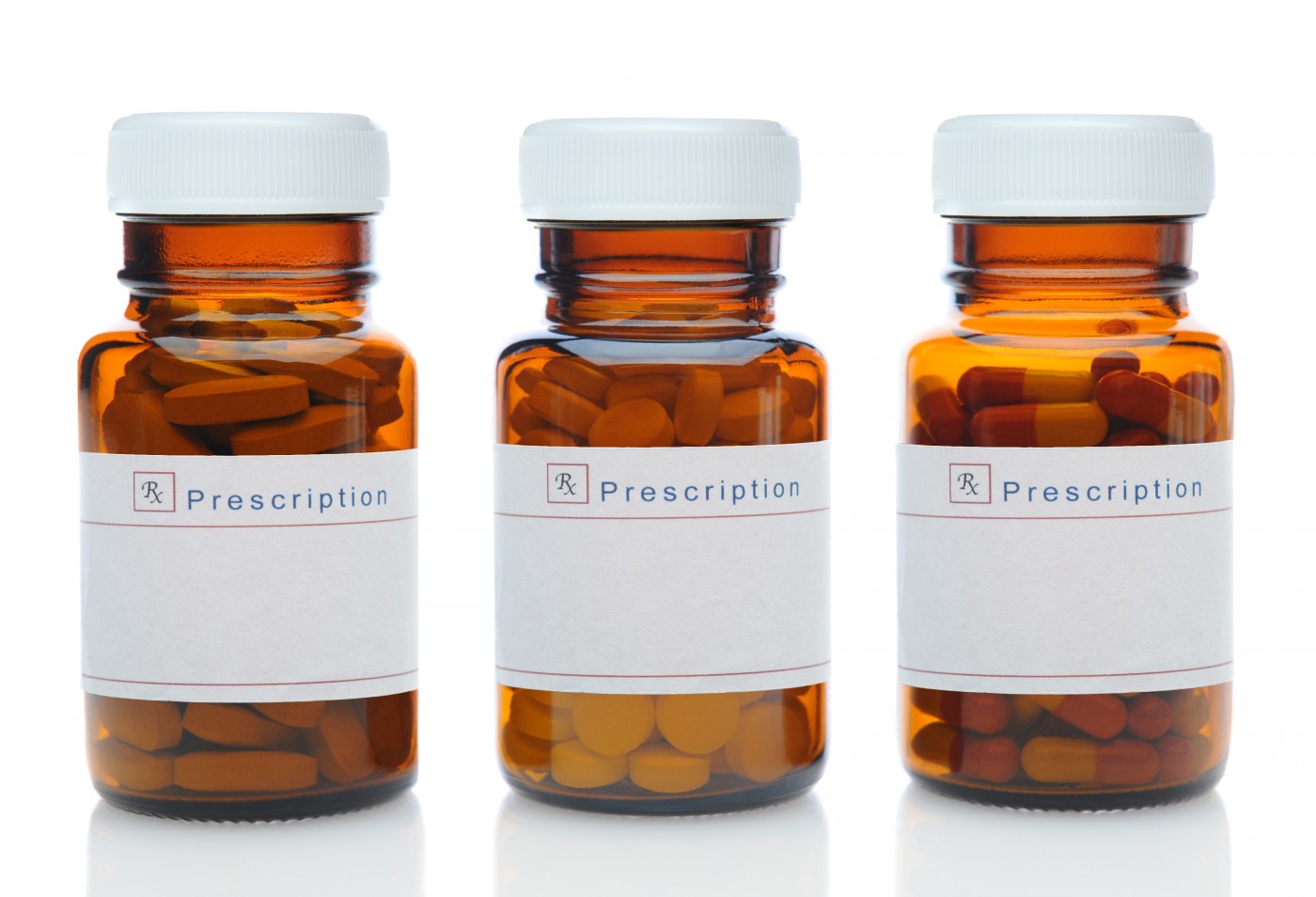Oral 3-Drug Combo Looks Promising in Treatment-Resistant Myeloma
Written by |

Combining three well-known oral drugs shows potential for heavily pretreated multiple myeloma patients who have grown resistant to therapy with one of the included drugs, according to the results of a study.
The trio — low-dose Cytoxan (cyclophosphamide), Revlimid (lenalidomide) and prednisone (also known as Deltasone, among other brands) — was evaluated in a Phase 1/2 clinical trial (NCT01352338), which enrolled myeloma patient who had stopped responding to treatment with Revlimid.
The study, “Phase 1/2 study of lenalidomide combined with low-dose cyclophosphamide and prednisone in lenalidomide-refractory multiple myeloma,” was published in the journal Blood.
Although drugs such as Revlimid and Velcade (bortezomib) have improved survival in myeloma, there are not many options for those who become resistant to the treatments.
In an earlier retrospective analysis, the research team at the VU University Medical Center in the Netherlands had noted that the combination of drugs was able to trigger a response in patients who had also become resistant to Revlimid.
Since a retrospective study is not able to prove that the treatment really did work, the team designed the clinical trial, which included 82 patients: 21 in Phase 1 and 61 in Phase 2. In addition to being resistant to Revlimid, 66 percent of the patients were also resistant to treatment with Velcade.
Researchers determined the maximum tolerated dose of Revlimid to be 25 mg, administered on the first 21 days of a 28-day cycle, with an addition of 50 mg Cytoxan and 20 mg prednisone, with both drugs given daily.
In total, 67 patients received the maximum tolerated dose of the combination treatment, and 44 of them (67 percent) responded to the treatment. Three patients achieved complete remission and 15 patients had a very good partial response.
The median progression-free survival among patients in the Phase 2 group was 12.1 months and the median overall survival was 29 months.
Among patients who achieved a partial response or a very good partial response, the outcomes were even better. Progression-free survival was not reached during the study for those with a very good partial response, while those with a partial response lived without the disease progressing for a median of 15.6 months. Those who did not respond to the treatment, however, showed a median progression-free survival of only 3.7 months.
Patients with high-risk cell changes did not have a significantly lower median progression-free survival (12.1 months vs. 12.3 months) or overall survival (22.3 months vs. 29 months) compared with patients having a lower-risk disease.
The most common grade 3 and 4 hematologic adverse events were abnormally low levels of immune cells called neutrophils and blood platelets, as well as anemia. Among nonhematologic side effects, infection was the most common, with 12 patients having a grade 3 or worse infection. Two patients died of pneumonia with septic shock.
In addition, five patients experienced heart problems and three patients experienced a grade 3 deep vein thrombosis.
The research team noted that although there are newer drugs to treat patients who become resistant to Revlimid and Velcade, the therapies may not be available or reimbursed in all countries, while Cytoxan is both economic and widely available.






